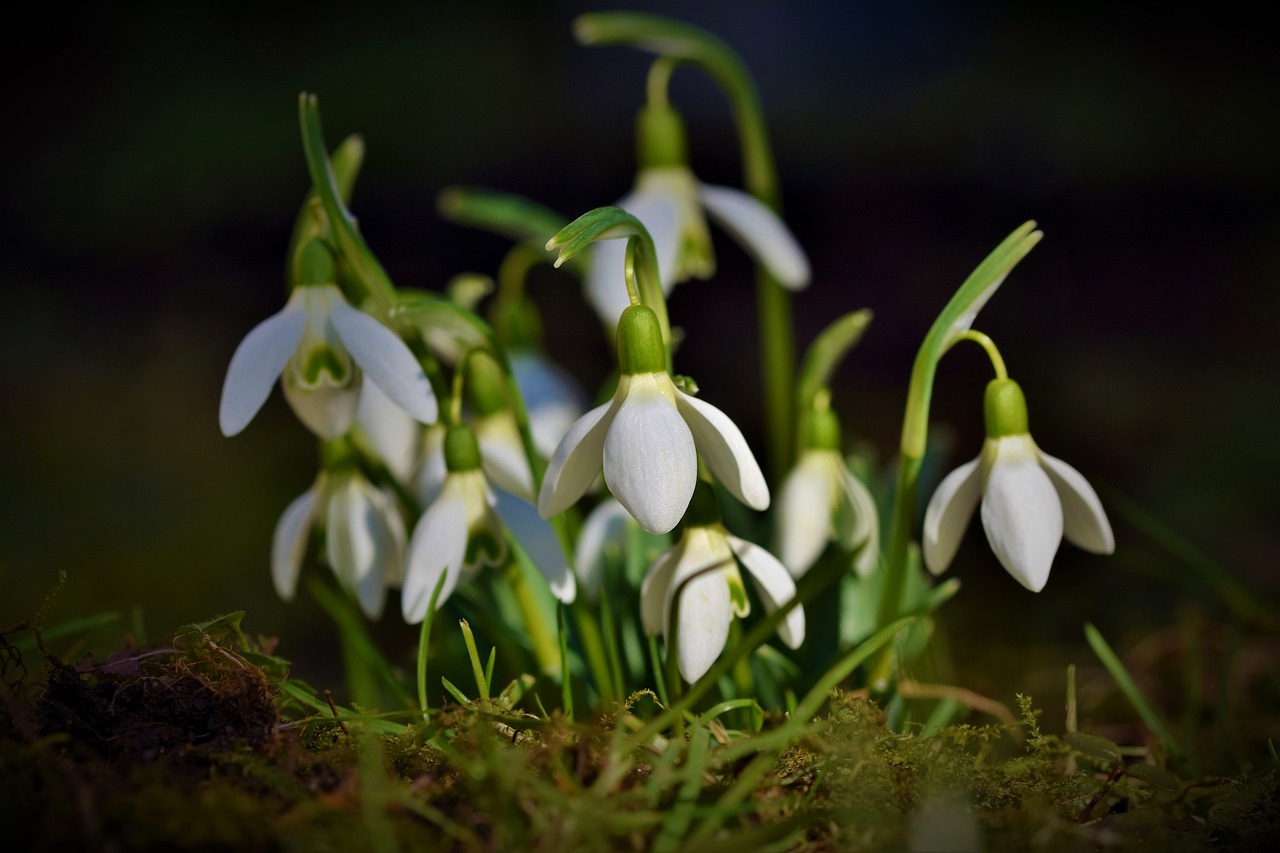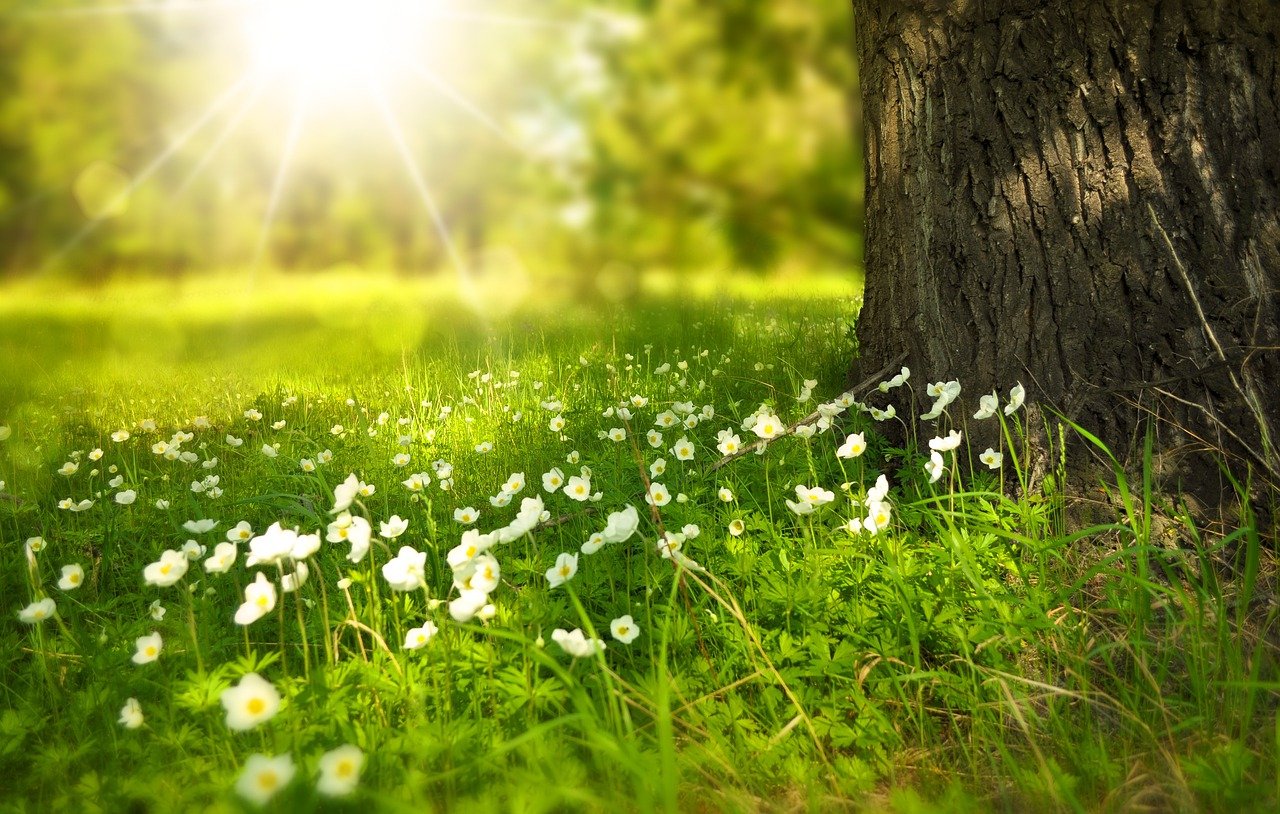How to Site and Prepare Your Organic Vegetable Garden
Deciding where your garden is going to be located and preparing the area for planting are the first two critical steps towards building a healthy and productive organic garden.
Sunlight vs. Shade
While some cool-weather crops may benefit from a little shade from the hot summer sun, most garden crops prefer full sun. Structures such as the house, garage, privacy fences, and trees, or the like, may impact how much light any given area will receive as the sun tracks across the sky. Identify which areas receive at least 6 to 8 hours of sunlight a day. These will be your prime gardening areas.
Don’t Be Overambitious
As in any new undertaking, there’s a learning curve. You’re better off making a modest start for the first season and building on your success, rather than biting off more work than you can easily manage and feeling too overwhelmed to carry through.
How big your first vegetable garden should depend largely on how much time you’ve got to devote to it. According to Growing Fruits & Vegetables Organically, a Rodale Garden Book, a garden plot, only 16 square feet can provide a surprising amount of food over the course of a growing season; a novice gardener shouldn’t attempt more than 200 square feet.
Consider Your Options
Consider your garden’s water requirements. If the best place to garden on your property is too far for a garden hose to reach, are you really prepared to hand carry buckets of water out to it all season long? If not, your best bet may be to go with your second or even third best choice.
There’s no rule that says your garden has to all be in one place or even that it all has to be in the ground. If the sunniest spot in your yard is a patio, or you live in an apartment and only have balcony space in which to garden, you can grow many vegetables in containers.
Site Preparation
Ideally, preparing the site should be done in the autumn before you intend to start your garden. Once you’ve decided where your garden will go, it’s time to clear out all the existing organic matter. If it’s a lawn, it should be lifted out a spade-full at a time in thin slabs and piled upside down. Keep it moistened and the grass will decay. The whole pile will be a great soil amendment by spring, providing it wasn’t treated with chemicals. You could still add it to your flower beds as mulch if it was chemically treated.
If you’re dealing with a weedy mess, mow or pull as much of it as you can. Add this organic matter to your compost pile, unless it’s already gone to seed. In that case, it should be disposed of with your household trash. Till or dig the soil under. Bear in mind that the weed seeds already buried in the soil will continue to haunt you.
Soil Preparation

Examine your soil to see if it’s mostly sand, clay or loam. Sandy soil will feel gritty and won’t hold together well when wet. Clay will feel slippery and sticks together well when wet. Loam is mostly organic material with both kinds of particles in it and will hold together somewhat when wet.
Soil that is mostly clay will be hard to dig in, especially if it’s compacted from foot traffic. Sandy soil can become compacted, too, after getting a lot of foot or vehicle traffic. It’s best to loosen hard-packed soil with a rotary tiller and amend the soil with compost or humus before attempting to plant anything.
Remove as many rocks as possible, especially if you intend to grow root crops. If you can’t dig down at least a foot before hitting hardpan, try another site or build a raised bed. Filling raised beds with purchased soil may spare you the problem of dealing with a lot of weeds.
Adding organic matter such as compost or humus will enrich the soil like a slow-release fertilizer as soil microorganisms break it down further and make the nutrients available to plants’ roots.
It’s a good idea to test your soil’s pH level to see how acidic or alkaline it is. You can buy kits at most garden centers. Most vegetables and herbs grow best in a neutral pH of around 6.0 to 7.0. Acid soil will be less than 7.0; alkaline soil will be higher.
You can add lime to acid soil to ‘sweeten’ it. Add sulfur if the soil is too alkaline. Organic matter has a balancing effect on pH, so adding in plenty of compost or humus should solve any pH problems.
The soil in Desert Vegetable Gardens: Desert Soils Not Very Fertile
Almost all soils in the desert regions of North America (and elsewhere, for that matter) tend to be high in salt and alkaline, low in organic matter and fertility.
Organic Matter
Adding organic matter (compost, animal manure, green manure) greatly improves soil structure, adds nutrients to the soil, increases it’s water-holding capacity, and allows the soil to hold on to added nutrients long enough for the plants to take them in.
Livestock manure

Although high in salts (especially cattle manure), livestock manure is probably the easiest way to quickly add organic material to your soil. It already has active bacteria in it that will enhance nutrient breakdown, and that’s good for vegetables.
However, only apply fresh manure in the fall. That way, it will have time to break down in the soil.
Manure that has already been composted, or heat-treated manure can be laid down and mixed into the soil prior to planting in the spring. Additionally, the composting process will kill any weed seeds that may be present in fresh manure. Fresh manure, if applied in the spring, usually burns young plants.
Green manure

Green manure is any plant that can be grown and incorporated back into the soil as organic matter. Winter wheat, barley, oats, rye are some examples of green manure. If you want a green manure crop next winter, buy the seeds from any local farm feed store and scatter them around your garden in late summer or early fall. Simply rake the seeds into the ground around whatever vegetables are still around. The seed will sprout and start to grow.
At first frost next fall, pull out frost damaged vegetable plants and leave the green carpet there. It will develop fully in late fall. Give it a little taste of nitrogen fertilizer in early spring, then till or turn the green manure into the soil about a month before your plan to plant your garden.
Compost

Another really easy method of adding organic matter to your soil is putting down compost. Compost is usually made from leaves, grass clippings, food wastes, and garden vegetable waste (damaged fruits, old plants). Add one to two inches of well-decomposed compost over your soil and then till it in.
Many desert soils are highly alkaline. Alkalinity tends to inhibit plants’ intake of necessary nutrients from the soil (phosphorous, iron, zinc). Compost helps make those nutrients available.






